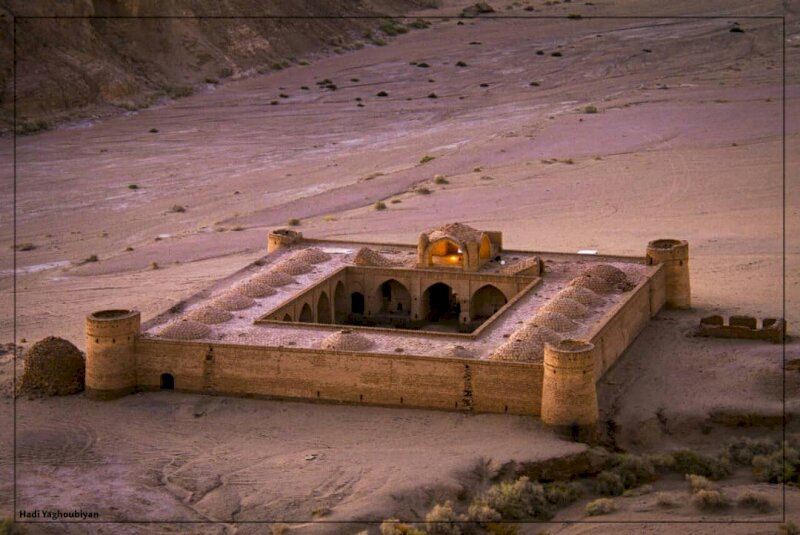Abandoned caravanserais undergo restoration in eastern Iran

TEHRAN – Separate restoration projects have been commenced on the two abandoned caravanserais, which once brought comfort to travelers as roadside inns in eastern Iran.
Two caravanserais of Shur in Ferdows and Zardan in Zirkuh, the eastern province of South Khorasan have undergone some rehabilitation works, a local cultural official Parisa Jamshidi said on Saturday.
These structures, which were built for the rest of caravans and travelers, are considered as the most beautiful cultural heritage of the country, she said.
“They have played an important role in economic and cultural exchanges between countries and ancient civilizations.”
Promoting Iranian culture and traditions along with the trade of goods was one of the noteworthy functions of caravanserais, she added.
Last year, the official said that the cultural heritage experts announced their preliminary approval to five caravansaries in the province to be included in a dossier Iran is developing for a selection of its historical caravansaries for a possible inscription on the UNESCO World Heritage list.
After compiling a registration dossier of these caravanserais, which contains documentation, land surveying, historical investigations, they will be added to the list of the Iranian caravansaries to be submitted to UNESCO, the official said.
“The architectural spaces of these inns include porches, chambers, luggage stations, stables, cisterns, and porticos. Also, some caravanserais bear interacted brickworks and plaster decorations,” she explained.
“Iranian caravansaries are a very valuable and important example of our country’s indigenous architecture, some of which are considered masterpieces of traditional architecture.”
Caravansary is a compound word combining “caravan” with “sara”. The first stand for a group of travelers and sara means the building.
They often had massive portals supported by elevated load-bearing walls. Guest rooms were constructed around the courtyard and stables behind them with doors in the corners of the yard.
Iran’s earliest caravanserais were built during the Achaemenid era (550 -330 BC). Centuries later, when Shah Abbas I assumed power from 1588 – to 1629, he ordered the construction of network caravanserais across the country.
For many travelers to Iran, staying in or even visiting a centuries-old caravanserai, can be a wide experience; they have an opportunity to feel the past, a time travel back into a forgotten age!
South Khorasan province is home to many historical and natural attractions such as Birjand Castle, Dragon Cave, Furg Citadel, and Polond Desert.
It is also known for its famous rugs as well as its saffron and barberry which are produced in almost all parts of the province.
ABU/AFM
